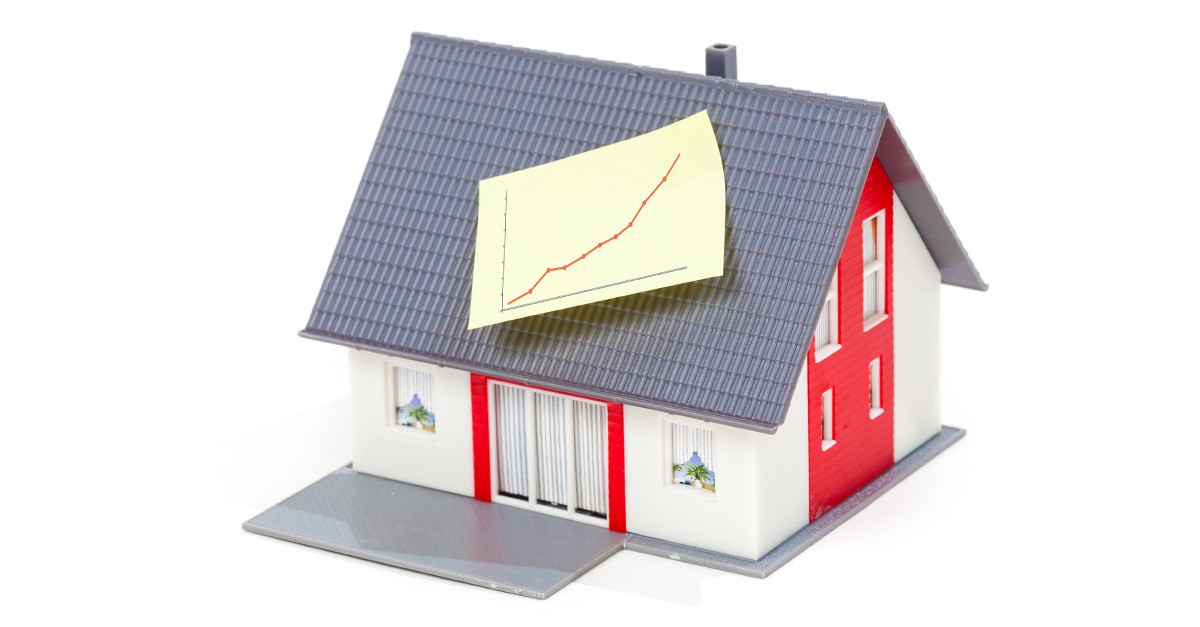
Short-term lets are rising sharply in Italy. According to data that emerged during the conference "A home to live in – Innovative offers for new ways of living" (Una casa da vivere - Offerte innovative per nuovi modi di abitare), organised by Sidief and the Bank of Italy, most of the residential demand consists of young people, students and migrant workers.
It’s estimated that there are between 2.4 and 2.8 million of these people renting in Italy, and half of them are able to pay a rent of about 500 euro per month. But that’s not all. The rental market accounts for about 670,000 homes each year, plus another 730,000 properties used for short-term or holiday rentals. Combined, this is more than double the average number of sales (560,000).
On the sidelines of the event, the president of Sidief, Mario Breglia, told idealista/news that "in recent years, short-term leases have skyrocketed. This year we are approaching 1 million homes on offer. This is an important phenomenon because it gives profitability to many properties, but it will also cannibalise the sales market and reduce traditional, long-term leases. Trying to promote institutional investors in housing can help to provide adequate supply.”
Breglia explained in more detail, "The market for long-term rentals is largely stable, fluctuating at around 700,000 a year. In recent years what has exploded is the short-term lease (ranging from 1 day to 1 year), which is of great interest to the tourism market, but also to students and migratory workers. The good thing is that it makes profitable use of large houses in tourist areas and small houses that were previously unused. This provides people with more income, but less for the state because a huge portion of this market works under the table.
“But these one million houses that are now used for this purpose, and which are forecast to increase, cannibalise the market for buying and selling, thus generating less good-quality supply of housing because beautiful houses are reserved for rentals. It also negatively affects the traditional rental market which, despite everything, is still growing very marginally.
“Thinking about or promoting institutional investors in real estate can make a difference. What investment fund companies are doing today in Italy is to offer investment products where there’s a bit of everything. The houses can therefore be used by young couples, by workers during the winter and in summer by tourists. From a certain point of view, we’re heading towards a situation where we have a sort of hotel house."
Demand from over 2.4 million people
The conference highlighted the fact that the residential rental market is becoming increasingly important in Italian cities. It was pointed out that the aggregate residential demand of young people, students and immigrant workers ranges between 2.4 million and 2.8 million people, and of these it’s estimated that half can afford to pay a rent of 500 euro per month.
It also emerged that the rental market makes up 675,000 homes per year, to which are added another 730,000 used for short-term rentals (from 1 day to 1 year). This is more than double the number of property sales (560,000).
Some of the key themes of the conference focussed on the need for professional rental management and on the importance of seeing houses as instrumental goods available for institutional investments. Emphasis was also placed on the need to rethink living and regenerate, while recognising the difficulty of all this.
Short-term rentals: a new real estate market
Commenting on the data presented, the president of Sidief explained: "Rentals were considered a sideline investment until a few years ago. Today, the sharp increase in the number of shorter length leases has bolstered the profitability of real estate and has created a new market.
“Families are the largest property owners, accounting for more than 84% in Europe and 92% in Italy. This has led to the absence of a structured supply of rentals for less economically able social groups or for those, such as immigrants, who have difficulty accessing the private market. Only recently have initiatives been launched to create specialised residences for students or young graduates.”
Mario Breglia continued by saying that "a completely new phenomenon, which has exploded in the last three years, is that of short leases for tourist and business use. At the end of 2018, it is estimated that at least one million accommodations will be rented for periods during the year, double the figure from two years ago.
“The average rental period will be just 4.5 months in Italy as a whole, but over 9 months in the main touristic cities. This obviously reduces the market for traditional, longer-term rentals and sales, exacerbating the problems faced by those at the lower end of the socio-economic scale.”
Tax and legal constraints on the management of residential property
In his speech at the conference, Fabrizio di Lazzaro, professor of Business Economics at Luiss Guido Carli in Rome, focussed on the economic and regulatory framework for this emerging rental market. He underlined the fact that the management of residential properties requires transformation and reclassification of these properties to adapt to the changing demands of the market.
"This management activity,” noted Lazzaro, “which is purely industrial in nature, cannot be usefully exercised in the most appropriate legal form, such as that of commercial companies, because of the fiscal and legal constraints that characterise the operation.”
He singles out the fact that "the impossibility of deducting the rates of depreciation of the leased residential properties obstructs the investments necessary for their reconversion and requalification. Consequently, the management of residential assets remains the prerogative of more fiscally efficient financial vehicles, which by vocation, however, are not focussed on the industrial process."
As such, Lazzaro proposes the following: "In order to boost investment in the residential real estate sector, all properties should be considered as instrumental from a tax point of view, ensuring that they participate in taxable income on the basis of real costs and revenues. We need to eliminate the fiscal distinction between instrumental and non-instrumental properties, favouring large-scale industrial real estate management processes; this would also encourage aggregations and an increase in the size of economic operators."
Inadequate supply
During her conference speech, Carola Giuseppetti, Sidief's director and general manager, explained that "residential leasing is an important asset class, able to catalyse and attract the attention of institutional investors, who are now looking at this sector with interest".
However, there are some problems, such as the features of the housing supply used for short-term lets, "which is inadequate in terms of quality, comfort, size and especially services for both management and living. Enhancing the value of unused spaces, making them once again social places and making them easy to use, is a way to draw attention to this section of the market.”
Revitalising unused areas
Giuseppetti then spoke about Sidief's pilot project aimed precisely at enhancing unused spaces: "The project plans to enhance and reuse courtyards, warehouses, terraces, depots, former caretakers' houses and some commercial units, and transform them to provide services for the inhabitants and users, such as play areas for children, relaxation areas or reading areas, fitness zones, rooms for card games, courses or events, parties, concerts and screenings.
“These environments and services can be managed and booked thanks to the new app. The sharing mechanism will be open to Sidief customers starting from a pilot project in Rome and then extending throughout Italy by creating a national network and will ensure that everyone can share experiences, possibilities and spaces in real time.”
Real estate return vs. equity return
Finally, it’s interesting to take a look at the preliminary study on the long-term performance of the real estate market in Italy, presented by Paolo Piselli of the Bank of Italy. The results – still preliminary and subject to further study – showed that in the average for the entire period considered (1927-2015), the total return on residential real estate activity was higher than that of the stock market. This higher return was associated with lower volatility.






